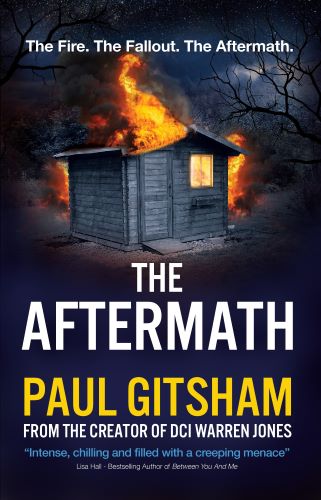Twist And Shout.
In Praise Of The Mid-Point Twist.
This brilliant device is when about halfway through a book, the writer completely upends the story and smashes all of the readers assumptions, making them start again from scratch.
Those who have read Gillian Flynn’s Gone Girl, or seen its film adaptation, will know exactly what I mean.
Without giving away any spoilers from specific books or films, a classic example might be that the entire narrative is based on something apparently happening and then the writer suddenly reveals that it never took place, or it was just a figment of a character’s imagination.
For it to have been pulled off successfully, and for the writer not to be accused of cheating, the reader MUST be able to stop at that point, go back and reread, and realise that yes, everything still works even if what they assumed was true isn’t.The secret to a good mid-point twist is the set up.
I’ve already discussed the use of Red Herrings TuesdayTip#153 and how to whittle down the suspect list TuesdayTip#154, and both of these are possible tools. Other examples of twists might be a person assumed to be dead/alive not being so. A crime that never occurred. A supposed motive that turns out to be completely off base.
I call it a mid-point twist to differentiate it from the twists that often occur towards the end of a book. And for me, it has to be a big twist. Not so much an elimination of possible suspects or the closing in on the real motive, rather a complete game-changer.
For many writers, the mid-point twist is often the focal point of the book and is conceived right at the very beginning of the writing process. In the author’s mind, the book is then composed of two parts – the before and the after. Many writers work outwards from the twist, making sure that both parts are compatible with that twist.
Of course it isn’t easy. Since the twist is perhaps the most memorable part of the story, it is vital that the writer balances the need to completely catch out the reader (and characters), with the need to ensure that all the clues were there from the beginning. This means the author needs to hide them or disguise them. It is not enough for the reader to simply exclaim “I didn’t see that coming!”. They need to be able to retrace their footsteps with the benefit of 20/20 hindsight and realise that it caught them out because of their assumptions.
Again, without giving away spoilers, I can think of several recent books that caused me to actually gasp out loud or swear at the author’s audacity.
In a way, it is analogous to the brainteasers that you sometimes see.
An old chestnut (that is far less effective these days, thank goodness) is this puzzle
A man and his son are involved in a serious car accident. The man dies and his son is seriously injured. When the son is wheeled into the operating theatre, the surgeon proclaims “I can’t perform the operation, that’s my son!” How is this possible?
Of course the answer (which would have caught out far more people forty years ago) is that the surgeon is the son’s mother. It plays on the outdated assumption that a senior doctor, such as a surgeon, must be male, thus the boy’s dead father. An alternate solution, using more modern attitudes to family structure, is that the son had two fathers, one of whom died, the other being a surgeon.
Of course this can be fraught with challenges.
First, as we see from the above example, readers’ assumptions change over time. It’s hard to imagine modern audiences being fooled by a twist that relies on most surgeons being male.
Second, if you have your eye on your book being adapted for the screen, you need to consider that it can be much harder to hide crucial details and clues on the screen than on the page. In a book, the reader only gets the information that we want them to see.
Third, you have to decide if other characters are in on the secret, or they to are fooled. If they already know about it, then you also need to craft their interactions with the reader and other characters in such a way that they don’t give the game away, or you don’t have to jump through too many hoops to make it plausible that they knew all along but said nothing.
Finally, you still have to be fair. Just as introducing the culprit right at the very end of a book can be frowned upon, turning everything on its head without giving the reader at least a chance to work it out beforehand is cheating.
Remember, you can mislead, distract or fool your readers, but you must never lie.
What do you think of the mid-point twist?
As always, feel free to comment here or on social media.
Until next time,
Paul.
If you are a writer with a tip to share, or fancy writing a fictional interview between you and one of your characters, please feel free to email me.




















